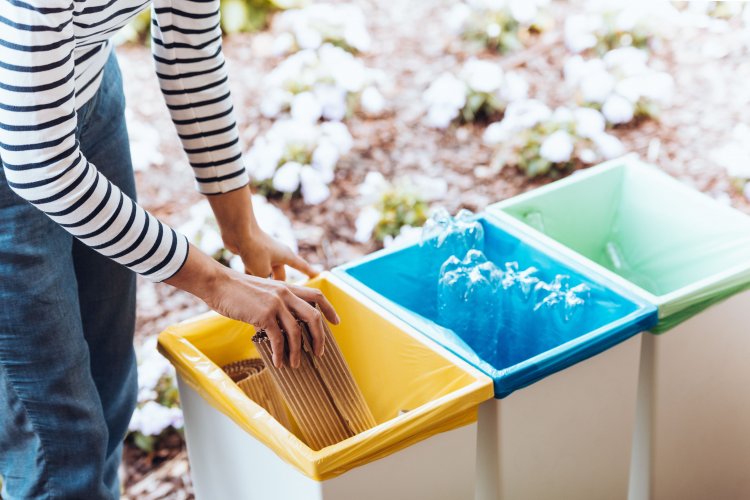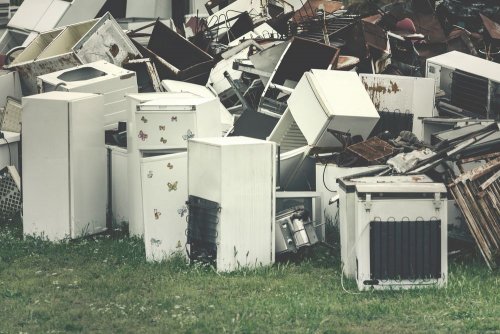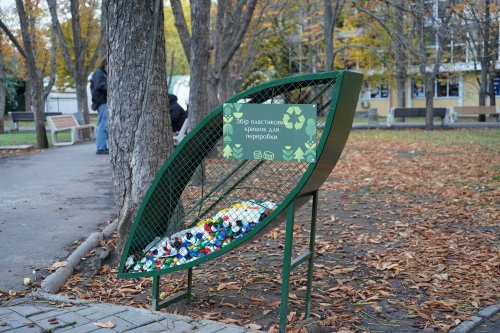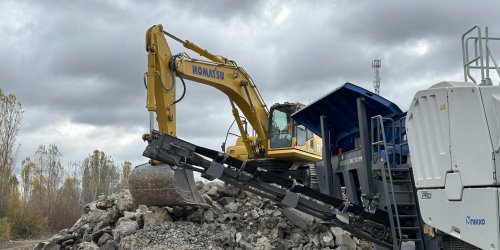In Japan, people sort all 100% types of household waste, which, depending on the region, are taken to sorting stations and independently sorted into 35+ items or take out individual types of waste according to a schedule.
Ashes from waste incineration go to the construction of new islands, which increase the territory of the country, reports the public organization Ukraine without garbage on Telegram.
So in the town of Kamikatsu on Shikoku Island, the population sorts 100% of household waste, 80% of which is recycled, and 20% is composted.
Before taking the waste to the station, the townspeople wash and dry it. Each resident of Kamikatsu has a 25-sheet sorting manual.
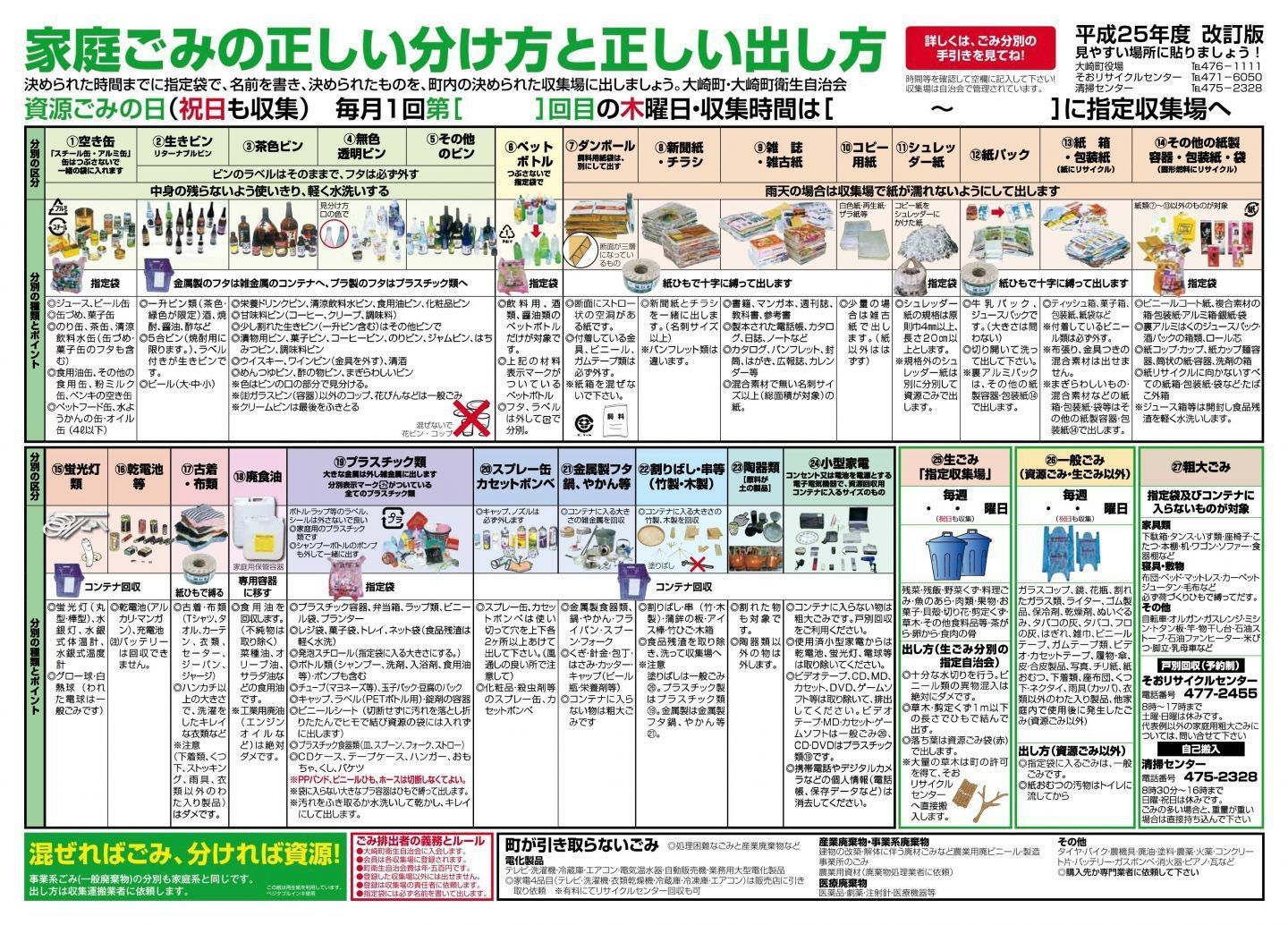
The message noted that in other regions of Japan, some houses have special rooms (mini sorting stations), and where they are not, there is a schedule for the removal of certain types of waste. That is, cardboard can be taken to a specified place only at a specified time and day.
"If a person is late or makes a mistake with the type of waste and sorting rules, his waste will not be collected. Moreover, they can even be fined for violating the sorting rules," UBS said.
In addition, there are almost no garbage cans on the streets of Japan, and people take their waste with them to wash, dry and sort it at home.
Sorting rules in Japan are a little more complicated than at Ukrainian sorting stations. So the paper needs to be divided into 4 types, folded and tied according to the instructions. All labels and lids must be separated from plastic bottles, waste must be placed either in special containers or in special paid transparent bags, so that during removal, an employee of the relevant service can assess the contents of the bags for dirt or sorting errors. And so that the wind does not carry all the good on the street, the waste is covered with a special net.
"In large cities, most plastic waste is burned together with organic matter in plasma furnaces at a temperature above 1200ºC. The generated gases are used in the energy industry, and the ash is used for the construction of new islands, on which new enterprises, airports, parks and museums are being built," UBS said.
The message also noted that there are more than 2,000 processing enterprises in the country, but people are usually against the construction of a waste processing plant near their homes. Therefore, the authorities decided to make them masterpieces of architecture, often with transparent walls.
Earlier, EcoPolitic wrote, that for 25 years Germany has overcome the path from the inevitable garbage collapse and came to the system of sorting and disposal of 95% of waste.
As EcoPolitic previously reported, countries of Scandinavia recycled about 97-99% of all household waste.

